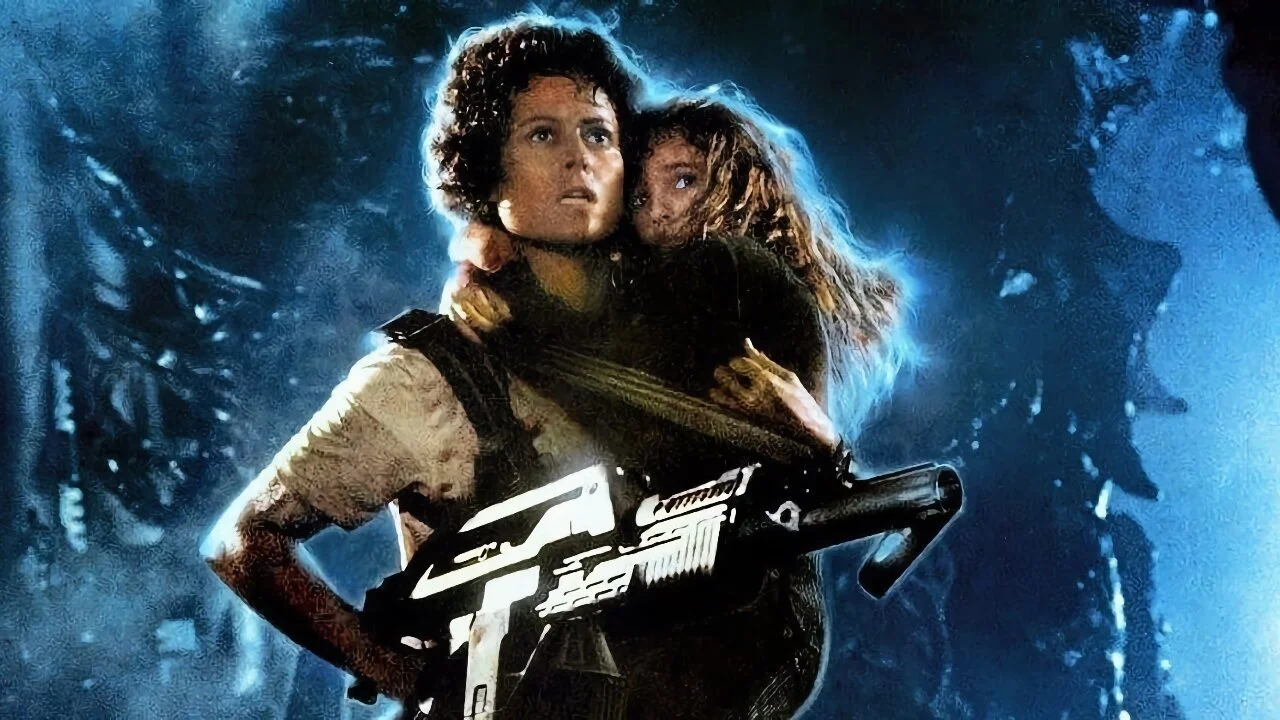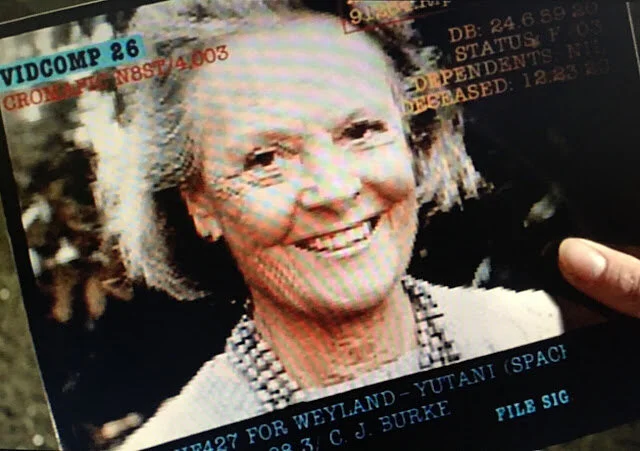10 Things You Didn't Know About 'Aliens'
Ridley Scotts’s masterpice Alien (1979) basically defined the sub-gerne of sci-fi horror. When James Cameron took on the job of writing and directing a sequel, he didn’t fall into the trap of just retelling the same story, but just bigger and with more special effects.
While much of the appeal of Alien is based on the thrill of being alone in a dark and claustrophobic place, being hunted by a ruthless predator with nowhere to escape, Aliens achieves the task of perfectly combining a haunted house in space story with an all-out action juggernaut. Even the tagline said as much: “This time it’s war.”
It’s hard to believe that Aliens turns 35 this year, as it still holds up so well. So, to celebrate this anniversary, here are ten facts about Aliens that you (probably) didn’t know:
1. Not Lost In Space
When Cameron wrote the script, he frequently consulted with Sigourney Weaver, who delivered valuable input on how Ellen Ripley would talk or act in certain scenes, thus shaping the character of the first real action heroine. But for a time, it seemed that it wouldn’t matter anyway, as Weaver requested a salary for her return that Twentieth Century Fox, which had gone through some management changes recently and was in desperate need for a commercial success, wasn’t willing to pay. So, the studio’s bosses asked Cameron to simply write Ripley out of the script, which he refused. Ultimately, Fox gave in and Weaver got the paycheck she demanded. Otherwise, Ellen Ripley might still be drifting out there in space, sleeping peacefully with Jones the cat on the Narcissus.
2. Mother-Daughter-Mother
The director’s cut of Aliens includes a scene where Ripley looks at a picture of her deceased daughter, who had died of cancer at the age of 66, two years before Ripley was found. The picture she looks at is that of Elizabeth Inglis, Weaver’s real-life mother. So, a fictional mother looks at her fictional daughter, who is the mother of the daughter, who looks at her daughter, who is her mother. Quite meta!
3. Aviation Scavenging
The bathroom in Ripley’s apartment is actually a toilet chamber of an old Boing 707 that was used more or less without any modification. But this is not the only set piece that was bought and reused from British Airways. The APC (Armored Personnel Carrier) was based out of a lorry that was used to tow Boing 747s. The vehicle, which originally weighted 70 tons, was then stripped down and got a new hull to look like a tank. But still, it was so heavy that the floors of the Acton power plant, where most of the reactor scenes were shot, had to be reinforced in order to be able to carry the vehicle.
4. More Than Colleagues
Early drafts of the script for Alien included a sex scene between Dallas and Ripley, probably in order to attract more (male) audiences. This scene later disappeared from the script and was never shot, and the finished movie includes hardly any hint of Ripley and Dallas being more than colleagues. In Alan Dean Foster’s novelization of Aliens, however, when Ripley leaves the meeting with the people from Weyland Yutani after her demotion, she glances at a monitor showing Dallas’s face and remembers him as her captain, her friend, and her lover.
5. From Marine To Foster Mother
Cameron has a tendency of working with certain actors more than one time. Michael Bien (more on him later), who had played Kyle Reese in The Terminator (1984), returned as Corporal Hicks. Arnold Schwarzenegger worked with Cameron again in True Lies (1994), and even Sigourney Weaver herself teamed up with Cameron for another time in Avatar (2009). Jenette Goldstein, who had played the hardboiled PFC Vasquez in Aliens, joined Cameron on his next big movie Terminator 2: Judgement Day, where she played Janelle Voight, John Connor’s foster mother who later gets killed and then impersonated by the T-1000.
6. Tea Time Trouble
When working at Pinewood Studios in England, Cameron faced similar troubles that George Lucas had to deal with when he shot Star Wars there nearly a decade earlier: The British crew was less than impressed with the young American director and his pixie-looking wife Gale Ann Hurd and didn’t believe in his vision for Aliens. So, they did what they thought was right, not caring much for the demands of the director and having tea and sandwiches every afternoon. But while Lucas more or less suffered in silence, Cameron, who is notorious for his outbursts, more than once clashed with the British crew and even got the Director of Photography fired.
7. A Real Trooper
Al Mathews, who played Gunnery Sergeant Apone and later died in 2018, was a green beret who fought in the Vietnam War. While shooting the scene where the dropship enters Acheron’s atmosphere, the roof of the capsule collapsed, nearly hurting Weaver. Mathews instinctively took over the situation, barking orders to get everyone to safety.
8. Another Hicks
Michael Bien wasn’t originally planned for the role of Corporal Hicks. Cameron initially cast James Remar, who had to leave the film after a few weeks. Back then, the official reason was “creative differences,” but Remar later confessed that he had been busted for possessing drugs. So, on a Friday evening after Remar got fired, Hurd called Michael Bien and asked him if he could be in London by the coming Monday to take over the role. Bien agreed, happy to not have to go through the boot camp training the other actors had to suffer, that Hicks wasn’t much of a talker, and that he didn’t have to learn not too many lines. Cameron reshot most of the scenes that had already been filmed with Remar, but still, in the final movie, there are a few frames when Hicks is shown from behind, where it is actually Remar and not Bien.
9. Bug Hunt
In one scene, before the marines arrive at LV-426, Hicks calls their mission a “bug hunt.” So, Ron Cobb, the conceptual artist for the movie created a sign with a cartoon eagle with a machine gun and boots. The text around it reads “Bug Stomper – We endanger species.” The cartoon was placed on the side of the dropship, but ultimately far too small to be readable.
10. Too Big To Elevate
Two versions of the alien queen were created, one rother small and the other one full size. In the scene where the queen enters the elevator to follow Ripley and Newt to the surface, it turned out that the creature was too big to fit into the cage, so its tail had to be removed. Still, the elevator doors had to be kept open in order to keep the creature in. A lot of smoke and clever lightning was used to hide the “crippling” of the queen and you don’t notice it unless you look really close.




